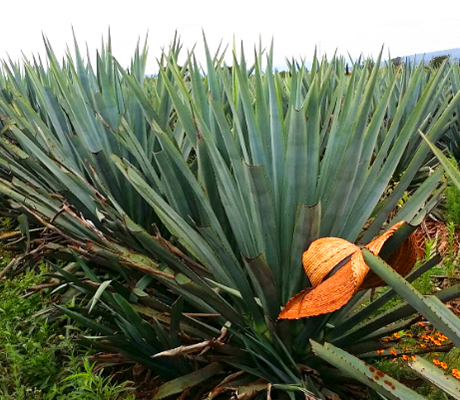By Chris Simmons
Dirt. Sunshine. Rainfall. Fog and wind. Although these words conjure images of the beginning of MacBeth, they’re actually all players in what is known as “terroir”. A French word, terroir is defined in the Merriam-Webster dictionary as, “the combination of factors including soil, climate, and sunlight that gives wine grapes their distinctive character”. In layman terms, terroir is simple. It’s the relationship the earth and weather have on a grape. In the wine world, we can examine the differences between a pinot noir grape grown in Oregon versus that same grape grown in Burgundy, France. The vast differences in taste profile are directly correlated with the differences in terroir.
Just as terroir plays a significant role in how a particular wine tastes, so too does it influence agave and the subsequent taste profile of Tequila or mezcal. In Jalisco, where the majority of agave for Tequila is grown, there are two major regions with vastly different terroirs. The Tequila Valley, about 43 miles to the northwest of Guadalajara and sitting just under 4,000 feet above sea level, is known for its rich volcanic soil influenced by the nearby Tequila Volcano. Inactive for over 200,000 years, the volcano left behind soil rich with nutrients that have made the valley very fertile. In the opposite direction from Guadalajara, about 80 miles to the east and perched 7,000 feet above sea level, is the Highlands. Well known for its “red” soil, the Highlands dirt is rich with iron and produces a softer and fruiter version of the finished product. So, when you reach for your next bottle of Tequila, remember that there’s more than meets the eye. Understanding where the agave is grown will help you understand what it is you’re enjoying.
Salud!

